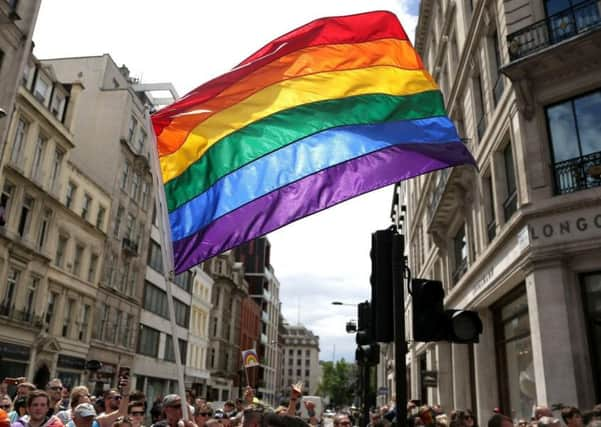Northern Ireland has lowest proportion of LGB in the UK: Survey


While the overall UK percentage has increased from 1.5% to 2% over the last five years, the new figures put the NI percentage at 1.2% in 2017.
London topped the list at 2.4% followed by south-west England at 2.4%. The north and north-east of England regions each returned a figure of 1.5%.
Advertisement
Hide AdAdvertisement
Hide AdCompiled by the Office for National Statistics, the results suggest that an estimated 1.1 million people across the UK, aged 16 and over, identified as LGB. The figures for Scotland and Wales were 1.9% and 2% respectively.
Overall, the percentage was highest in the 16-24 years old category with 4.2%. The proportion of those identifying as heterosexual or straight has decreased from 94.4% in 2012 to 93.2% in 2017.
The percentage of people who identified as “other”, meaning they do not consider themselves to be heterosexual or straight, bisexual, gay or lesbian, was 0.6%. A further 4.1% of people responding to the survey refused to reveal or did not know their sexual identity.
Young people could be more likely to identify as LGB because the sexual identities have become more socially acceptable over time and they are also more likely to explore their sexuality, the ONS suggested.
Advertisement
Hide AdAdvertisement
Hide AdPaula Guy, of the ONS’s population statistics division, said: “We estimate that 4.2% of people aged 16 to 24 years identify as lesbian, gay or bisexual, a higher proportion than for other older age groups.”
Of those who identified themselves as LGB, 69.4% had a marital status of single, meaning they have never married or entered into a civil partnership.
Ms Guy added: “This reflects the younger age structure of this population and that legal unions for same-sex couples are relatively new.”
The ONS figures are estimates based on data from the Annual Population Survey.